Ost Identity
How come some thirty-somethings who never experienced the GDR think of themselves as East Germans? And does one have to have experienced the GDR in order to write about it? Read my essay in SAPIENS magazine
How come some thirty-somethings who never experienced the GDR think of themselves as East Germans? And does one have to have experienced the GDR in order to write about it? Read my essay in SAPIENS magazine
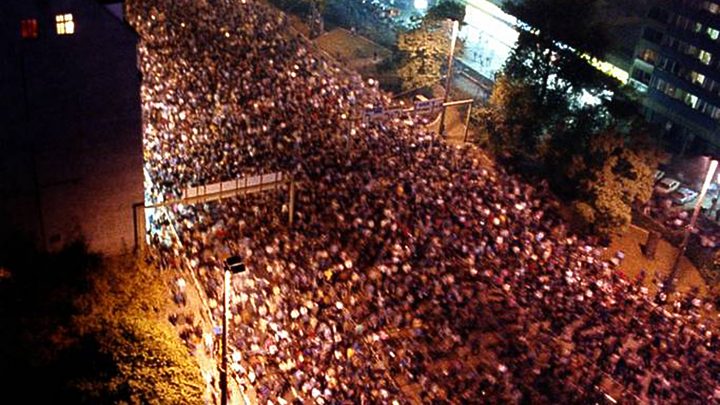
Does anyone need a story of encouragement? October 9 holds such a story, one based in the courage that comes from facing fear and overcoming it. October 9, 1989 is the day that “fear switched sides,” which is also the title of a book by Siegbert (Siggi) Schefke, one of the East German dissidents who was… Read more When Fear switched Sides
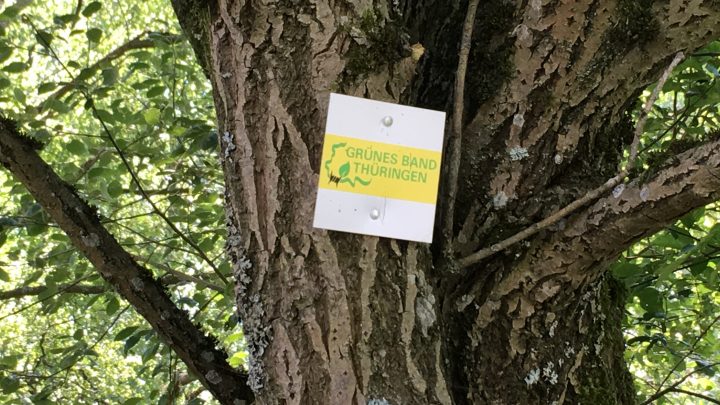
As Kai goes on to fill in the picture for me, I realize that what made the resolution for the Green Belt so effective was a chain of developments that sounded almost providential. Kai Frobel himself uses the expression glückliche Fügung, the coming together of auspicious circumstances. What becomes quite clear to me, too, is the… Read more The birds at the end of the world (Part 2)
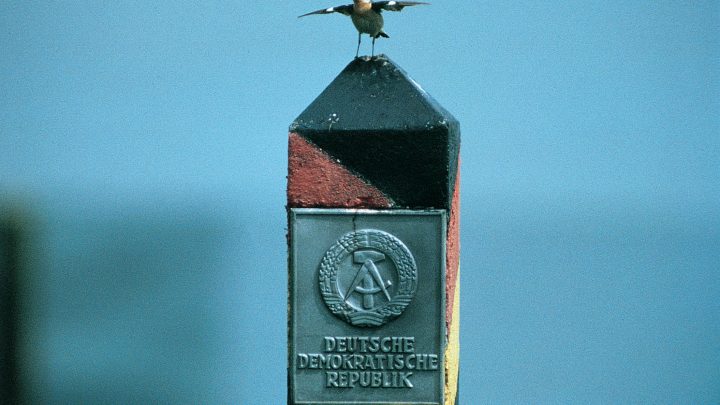
Why “the end of the world?” you may ask. For the people who lived near it, the border between East and West Germany might as well have been the end of the world. For birds – and for countless other wild creatures – the deadly border was a lifeline in an increasingly inhospitable modern agricultural… Read more The Birds at the End of the World (part 1)
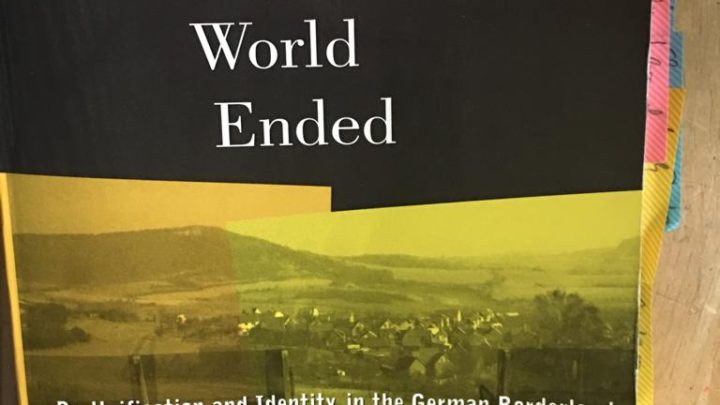
The next few posts will be about my visits with people in Kella, population plus minus 500. When Germany was divided after WWII, Kella ended up in the 500-meter Schutzstreifen (“protective zone”) right next to the border strip, which meant that its residents had to put up with considerable restrictions on everyday life, imposed by… Read more Visiting
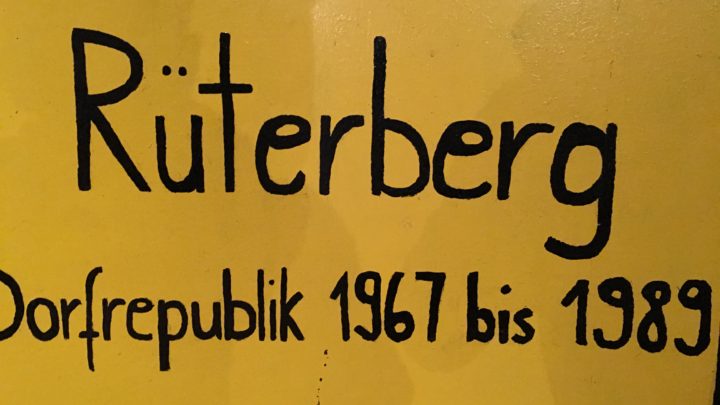
Germany is fast approaching the 30thanniversary of the fall of the Berlin Wall, which took the country and the world by surprise on November 9, 1989 (for more on how this actually came about, stay tuned for the book!) Unbeknownst to the rest of the world, for a tiny East German village 130 miles northwest… Read more The Villagers’ Rebellion
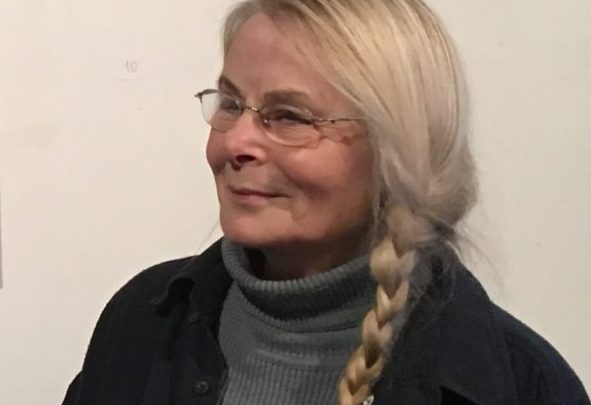
During my expedition along Germany’s death strip-turned-green-belt, I followed a strategy I came to think of as “structured sauntering.” The former border strip itself, with the help of a guidebook in my handlebar pouch and a GPS route in my phone, provided the geographical structure for my journey, from the Baltic coast in the north… Read more More on Heimat, and Sauntering, and Gratitude
Earlier this year, the German word Heimat made it into the New York Times. Heimat means home, homeland, or place of belonging – straightforward enough, you might think. But these are not straightforward times, which is why the word made it into the New York Times, and why Germany now has a Heimat minister, and why… Read more Reflections on Heimat